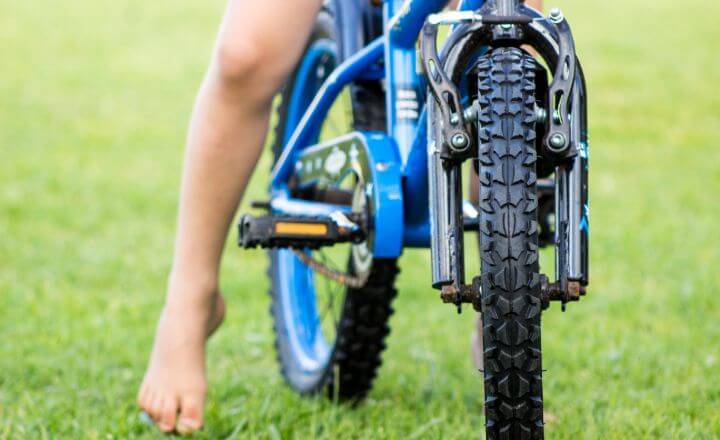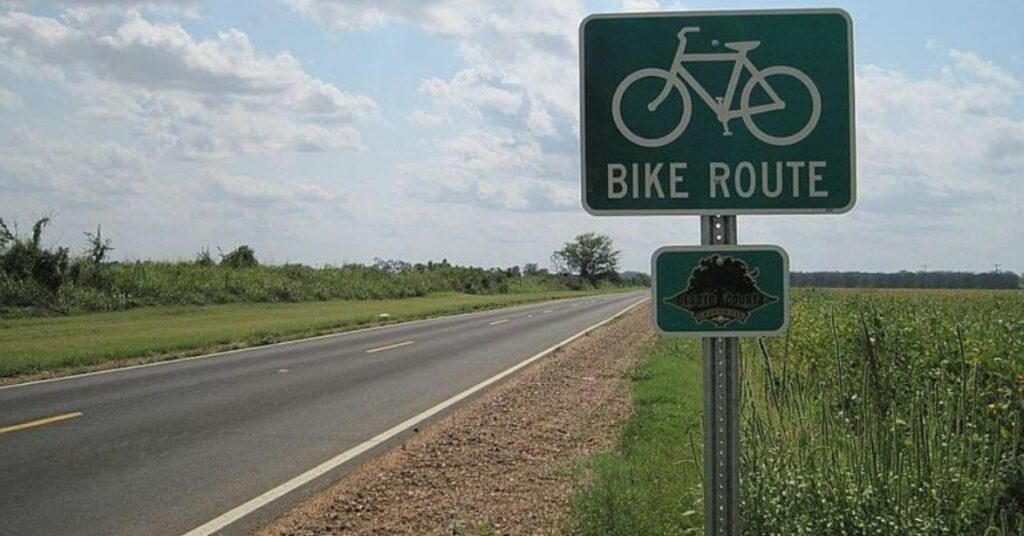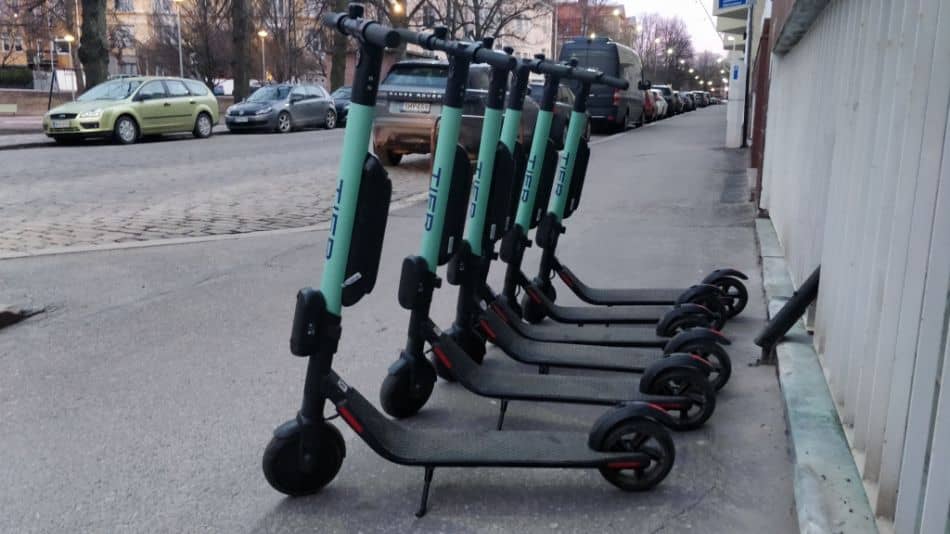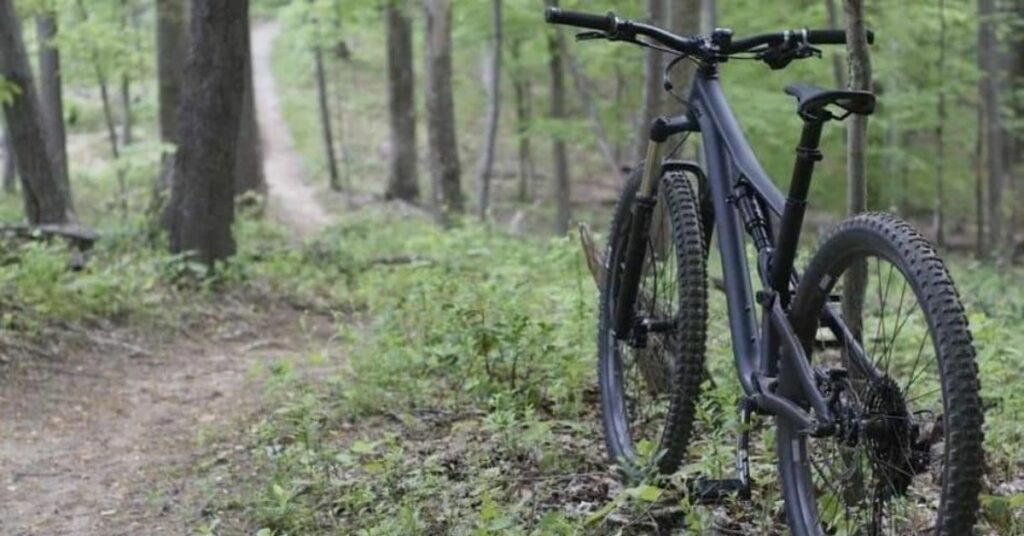(Last updated on February 14th, 2023)
Cycling is an incredible sport that gives us the ability to explore nature, get fit, and introduce ourselves to social circles of like-minded people. Bikes come in many shapes and sizes, allowing them to perform in different ways. You might want a bike to be aerodynamic and quick on the road or a bike to rip down a technical trail. The wheels are a big governing factor of a bike’s attributes and ability.
Wheels have an incredibly important job, and they not only have to seat a tire but also have to take every bump out of the road and help the bike steer and control itself. In recent years with lots of new bike tech hitting the market, we see so many different options and choices when it comes to wheels, more than ever before. In this article, we’re going to discuss everything you need to know about when it comes to choosing bike wheels, so you know exactly what to go for.
- Why Might You Want to Upgrade Your Wheels?
- How to Find the Right Wheels for You?
- Essentials
- Type of Wheel
- Mountain Bike Wheels
- Road Bike Wheels
- Hybrid Bike Wheels
- Rim or Disc Brake
- Rim Diameter
- Road Bikes
- Gravel Bikes and Hybrid Bikes
- Mountain Bikes
- Tire Type
- Clincher
- Tubular
- Tubeless
- Hookless
- Axle Attachment
- Bolt Through Axle
- Quick Release Axle
- Thru Axles
- Wheel Width
- Rim Width
- Rear Hub Fitment
- Optional
- Material
- Rim Depth
- Spokes
- New Wheel Checklist!
- Bike Wheel Maintenance
- Conclusion
- Frequently Asked Questions
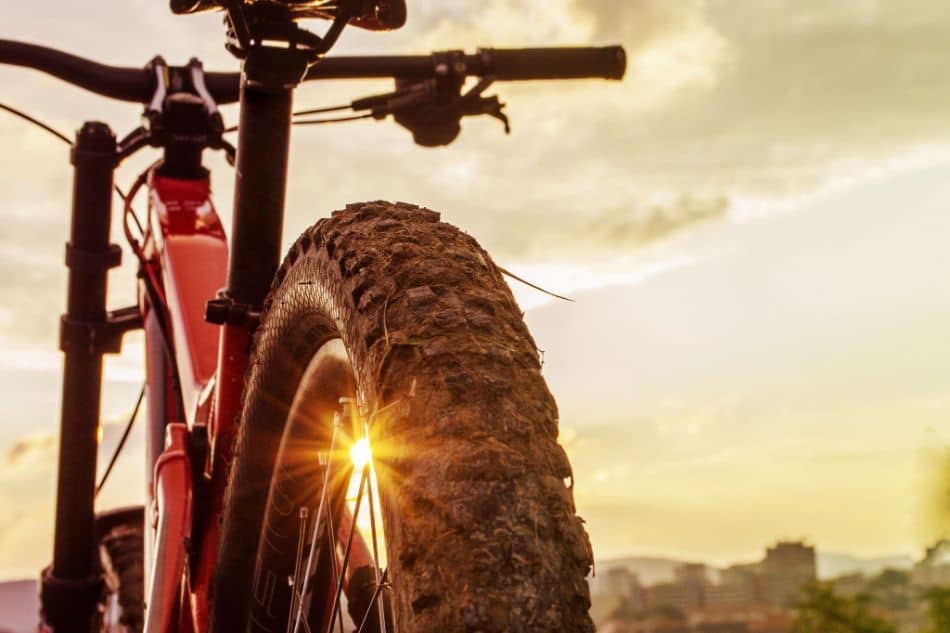
Why Might You Want to Upgrade Your Wheels?
There are many reasons why you might want to upgrade your wheels. Here are the top reasons we find cyclists making a wheel upgrade.
Replacing a Broken Set
Wheels are made to last for years, but unfortunately, there’s sometimes only a certain amount of wear they can take before eventually breaking. Instead of replacing individual parts of a wheel, it’s much better to replace the whole set. A common issue we see on rim brake wheels is that the braking track becomes too worn down, and the whole wheel needs replacing.
Upgrade
Who doesn’t want to go faster on their bike? Wheels are the best upgrade you can make on your bike. They can make it faster by being lighter, more aerodynamic, and hugely reduce rolling resistance. With so many options to upgrade to, why not?
Smaller or Larger
Many bikes now offer the ability to use larger and smaller wheelsets. This is a common feature on gravel bikes and mountain bikes. Smaller wheelsets can run larger tires and can handle better around obstacles, while larger wheelsets run smaller tires and are better at going over obstacles. It’s common for cyclists to switch them depending on the riding they are doing that day.
How to Find the Right Wheels for You?
When it comes to finding the right wheelset, there’s a lot you need to think about, with some characteristics essential to get right. Then other characteristics could be classed as optional. We will start with the essentials and then speak about the optional choices.
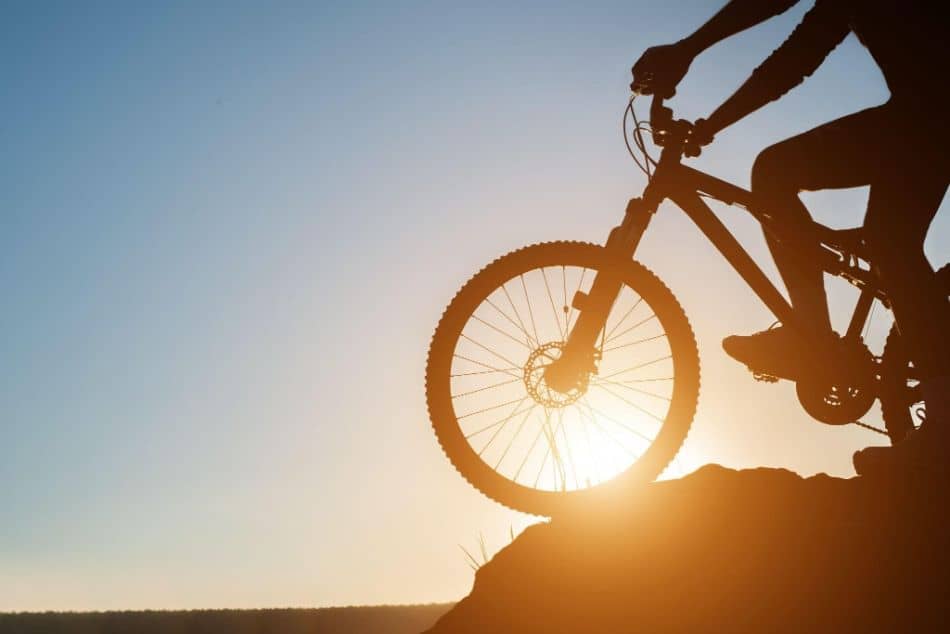
Essentials
The essential choices when it comes to picking wheels have to be correct, or they just won’t fit, and you will end up having to return them. There are many things you need to think about here, and they are;
Type of Wheel
Picking the right type of wheel for you is the first step to getting the perfect wheels for your bike. It’s important to choose the right type of wheel for the riding you’re doing. Depending on the style of riding, the wheel will have certain unique characteristics. Here are some examples;
Mountain Bike Wheels
Mountain bike wheels are typically either 27.5″ or 29″ and are made internally very wide to fit larger tires. They are designed with a low profile and strength in mind for those rough trails the bike is designed for.
Road Bike Wheels
Road bike wheels generally are 700c in size and internally very narrow to suit smaller tires. They are made to be lightweight, aerodynamic, and have the least rolling resistance possible.
Hybrid Bike Wheels
Hybrid bike wheels are made to suit various tires, from smaller city tires to semi off-road tires. They are made to be extra strong to help you carry loads and are designed to be extremely durable.
Rim or Disc Brake
The next important question you must ask yourself is, what braking system does your bike run? This has to be correct, and if you don’t get it right could cause you to break the wheels or your bike.
Rims Brakes
A rim brake wheelset will have a braking track on the outside of the rim, and this is where the pads connect to slow you down when going down a hill. Rim brakes are becoming less and less popular in recent years as disc brakes are much more efficient.
Disc Brakes
Then you have disc brakes, which most modern bikes will use, especially off-road bikes. To identify if you have disc brakes, you need to look for a large set of disc rotors on the inside of your wheels.
It’s also worth noting how the disc rotor attaches; some have a 6-bolt system where the rotor attaches with 6 bolts, and others use a center lock system where there is one large lockring.
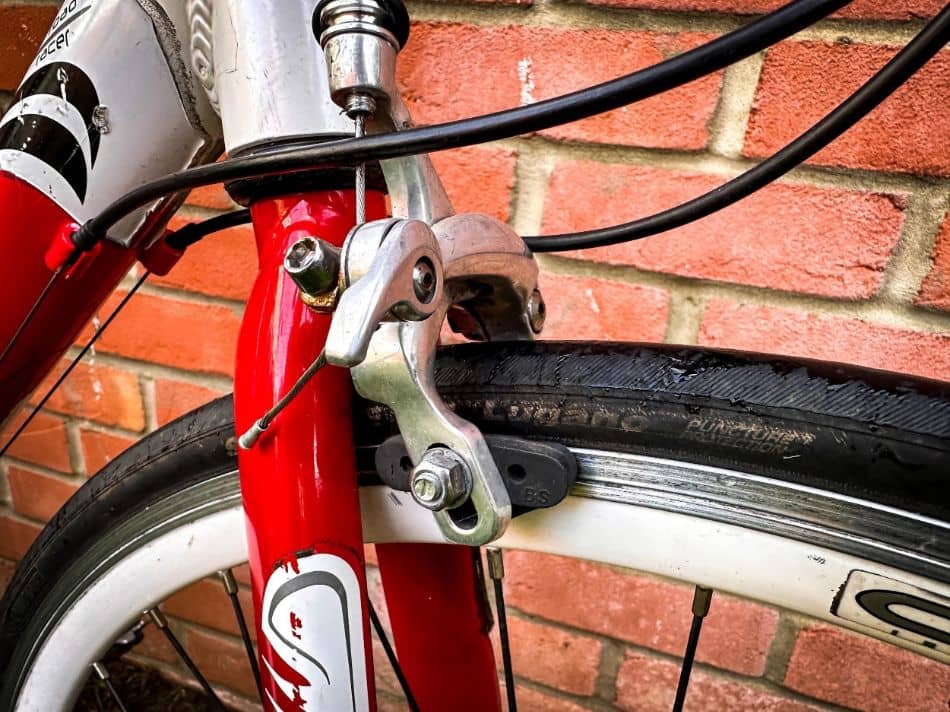
Rim Diameter
Rim diameter is the size of the wheel in its circumference. There are many sizes you will find, and depending on the bike type, they will differ. You will need to ensure the diameter is compatible with the bike you are using, or it won’t work properly. The easiest way to identify the diameter is to look at the side of the tire. Here are the most common sizes you will see on bikes;
Road Bikes
Modern road bikes will typically come in one size, which is 700c. To ensure this is the size you are using, look on the side of the tire for 700c or the number 622, which is the bead seat diameter. Smaller bikes have other sizes, such as 650c, but they are rare. Older bikes use 28” wheels, which are a very similar size, and typically use the same tires as a 700c.
Gravel Bikes and Hybrid Bikes
Gravel bikes come in two different sizes. You get 700c, like a standard road bike wheel with an overall diameter of 29”, and then you have 650b, which is smaller and has an overall diameter of 27.5”. Some gravel bikes can use both, and riders sometimes switch between two sets.
Mountain Bikes
Modern mountain bikes, like gravel bikes, come in two main sizes, which are the same as gravel bikes but are referenced differently. The larger wheel you will find is a 29” wheel, and the smaller size is a 27.5” wheel. Some downhill and older mountain bikes use 26” wheels, but this is rare to see.
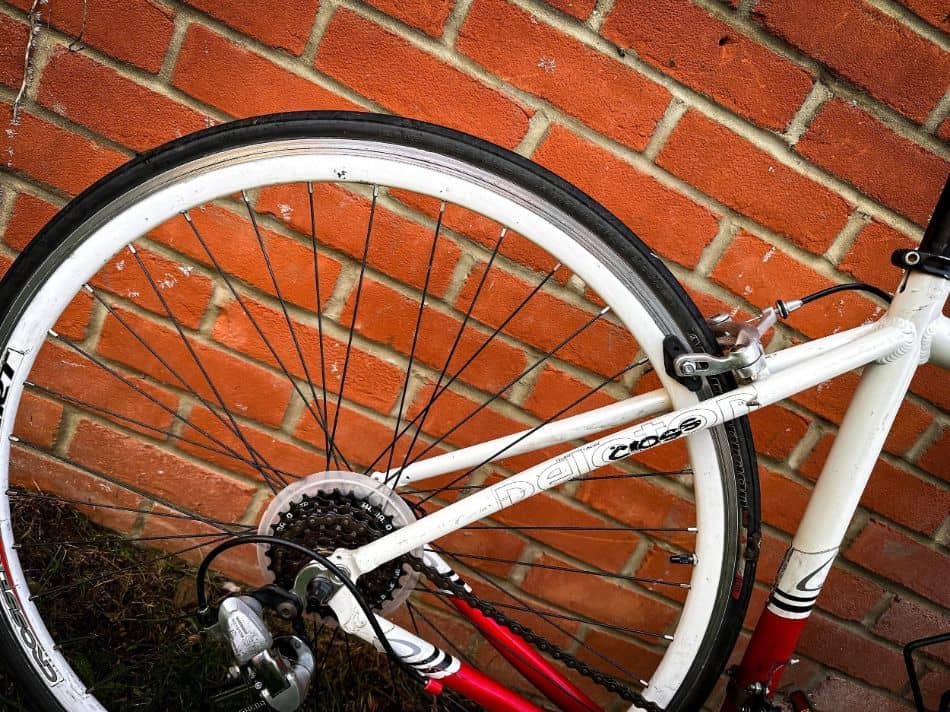
Tire Type
Next, we have the tire type. Tires like wheels come in different shapes and sizes and also types. This means they mount differently, have different ways of staying inflated, and some tires even have the ability to self-heal.
Clincher
The clincher is the most common type you will find on the market and works on the traditional system of a tire hooking onto a bead is a clincher. You will see this on most bikes, and it uses an inner tube to inflate.
Tubular
Next, we have tubular, where the whole tire is glued onto the rim, and then the actual tire is inflated. It’s incredibly lightweight and fast but costly and hard to repair punctures.
Tubeless
Tubeless is very similar to a clincher in how the tire attaches to the wheel, but instead of using an inner tube, you use a special sealant inside, which, when punctured, can self-heal. This wheel can work as a standard clincher too.
Hookless
Hookless is a modern system that provides incredibly light, stiff, and responsive wheels. They don’t have a bead on the rim and work with special hookless tires, and must be run on a tubeless system.
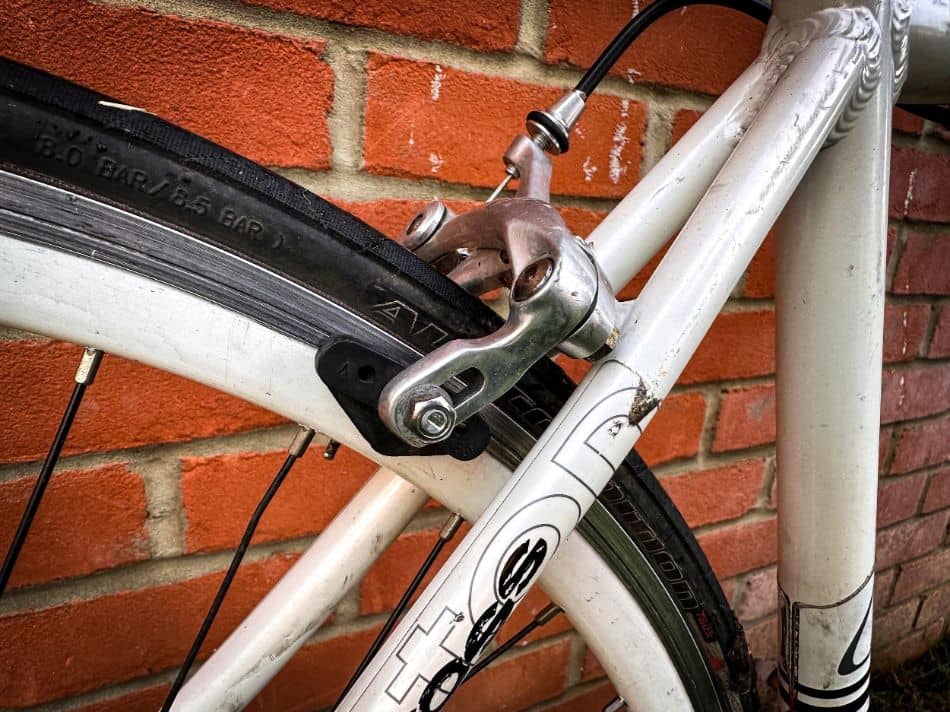
Axle Attachment
The axle attachment is how a wheel connects to a bike, and surprisingly there are quite a lot of different ways that you will find. Here are the main types and how to identify them;
Bolt Through Axle
A bolt-through axle is an axle that is installed into the wheel and is seen mainly on classic bikes and fixies or single speeds. You can identify this by large 15mm nuts at each side of the wheel when it’s in the bike.
Quick Release Axle
A quick-release axle is what you will see on most bikes, especially budget bikes or bikes that were built from 2000 to about 2015. They are small metal rods with two springs at each end, and on one side, you have a small lever that, when opened, quickly releases the wheel. These come in various widths and sizes.
Thru Axles
Thru axles are the most common fitment on modern day bikes and what you will have seen on a lot of mountain bikes over the past decade. They are a large axle, basically, a hollow tube that bolts directly into the frame or fork through the wheel. They are super strong and can be installed with an Allen key, or some have a lever option. These, like the quick-release wheels, come in various sizes and also have different thread patterns.
You need to ensure that your wheels are going to be the correct fitment for your bike’s axle system, as these are not interchangeable. It’s a very easy mistake to make but providing you know what your bike uses and order that, you will be fine.
Wheel Width
Then we have wheel width, and it’s easy to get this wrong when buying a set of wheels, especially for mountain bikes. Sometimes on boost bikes, you get larger wheel widths that come with larger axles. Examples include 100 or 110mm on the front and 130, 135, or 142 on the rear. It’s worth checking the size before ordering a new set of wheels, as these are not interchangeable.
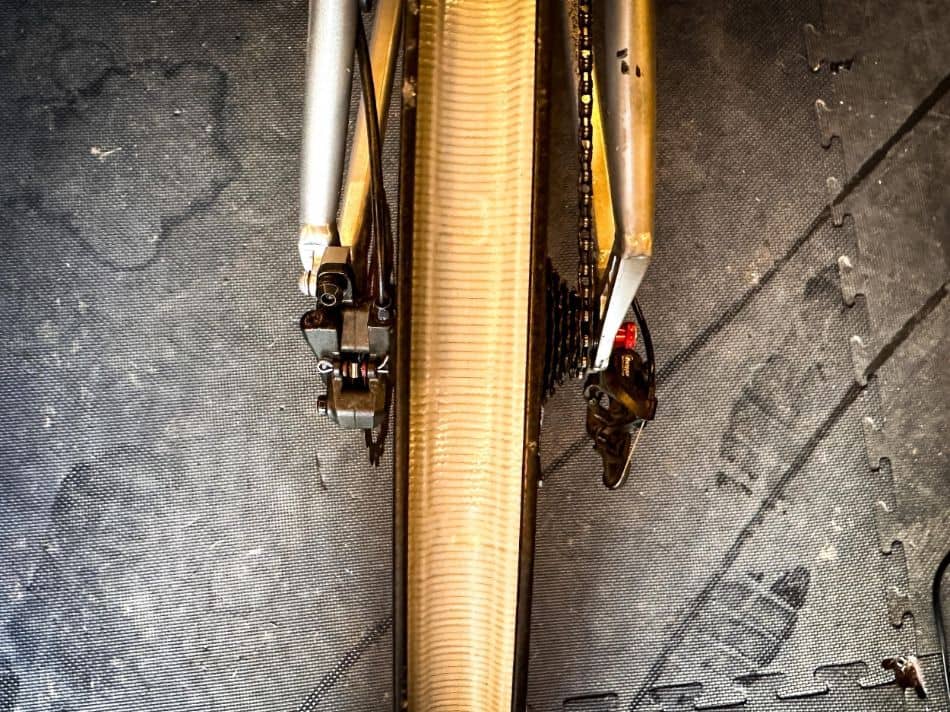
Rim Width
Then we come to rim width, and this is something many cyclists overlook when buying wheels. Rim width is the edge-to-edge distance where the tire sits on the rim. Although easily overlooked by many, it greatly affects control and can drastically change your handling if you don’t use the correct size.
The rim width on a road bike is typically very small, about 19mm to 23mm. This is because it is designed to seat small tires such as 23c to 28c. Being such a small size, it matches the tire’s width then your bike handles as it should.
On mountain bikes and gravel bikes, it’s much larger and goes from 23mm all the way to around 30mm. This is because off-road bikes have large tires, and for them to work properly, they need a larger rim width.
If you use a large tire on a wheel with a small rim width, then the tire will be very rounded at the top, and when going around a corner quickly, it will feel like the bike is rolling over to one side. This makes the handling much worse and also runs a higher risk of the tire coming off.
Rear Hub Fitment
You will also need to think about rear hub fitment. When you buy a set of wheels, you will get a choice of different rear fitments that work with different cassettes. On road bikes, it will be SRAM/Shimano or Campagnolo.
On mountain bikes, you get many more such as Shimano Hyperglide, Shimano Microspline, SRAM XD, SRAM XDR, and Campagnolo FW. We highly recommend checking to ensure your wheels will fit the cassette you plan to use.
Optional
Then we have our optional choices, which you don’t need for the wheels to work but could give you an excellent advantage when it comes to riding your bike faster or taking on those tougher trails.
Material
Modern day wheels come in two different materials. You have aluminum or carbon fiber. Aluminum wheels are strong with a little bit of flexibility, come in about 2kg for a set without tires, and typically have a small aerodynamic profile.
Carbon fiber wheels are incredibly strong, very stiff, have little flexibility, come in about 1.4kg for a set, and often come in small or large aerodynamic profiles. Carbon fiber wheels are much better from nearly every angle.
The only drawback with carbon fiber is wheels are very expensive. You can typically buy a good aluminum wheelset for about $200 and a good carbon fiber wheelset for around $1200. Carbon fiber offers a huge weight saving and will make you much faster when riding and also, if you buy from a good brand will last much longer than aluminum wheels if cared for correctly.
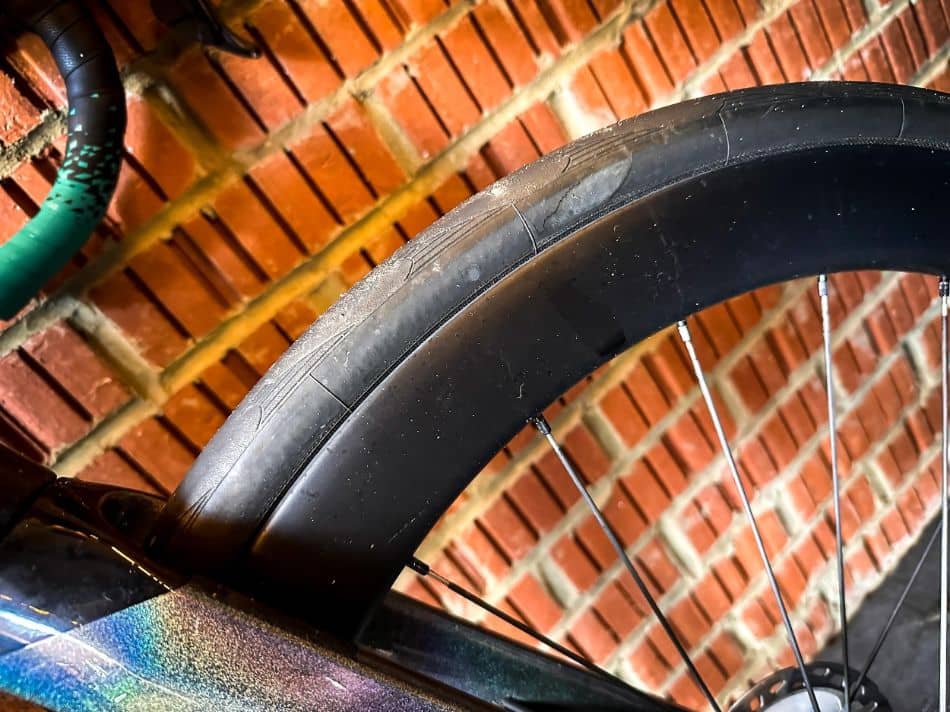
Rim Depth
Then we have rim depth, also known as aerodynamic profiles. This is the distance between the top of the rim where the tire sits and the bottom of the rim where the spokes attach. A larger depth is classed as an aero rim, and a smaller depth is classed as a low profile rim.
Low profile wheels are about 25mm to 40mm in depth. They use less material, are much lighter, and have longer spokes that offer higher flexibility. They are ideal for keeping bike weight down and excellent for climbing up mountains and hills.
Then you have deep rim profiles which typically come in carbon fiber and are a depth of 60mm+. Although they are heavier, they offer incredible aerodynamics, and when you get above 18-20mph, you need to put less effort in to hold higher speeds. Deep profiles are mainly seen in road racing and time trialing.
Many riders actually go for a mid profile wheel which is about 40mm to 60mm and offers a great mix of ability to climb up mountains but also, on the flats, it gives you aerodynamic advantages too.
Spokes
The spokes on the wheels can also come in different shapes. On a regular wheel, you will typically get round spokes, but on some wheels, such as aerodynamic wheels, they will actually use flat spokes or bladed spokes, as they are often known. These make a minimal difference, but they look great and could be classed as a marginal gain.
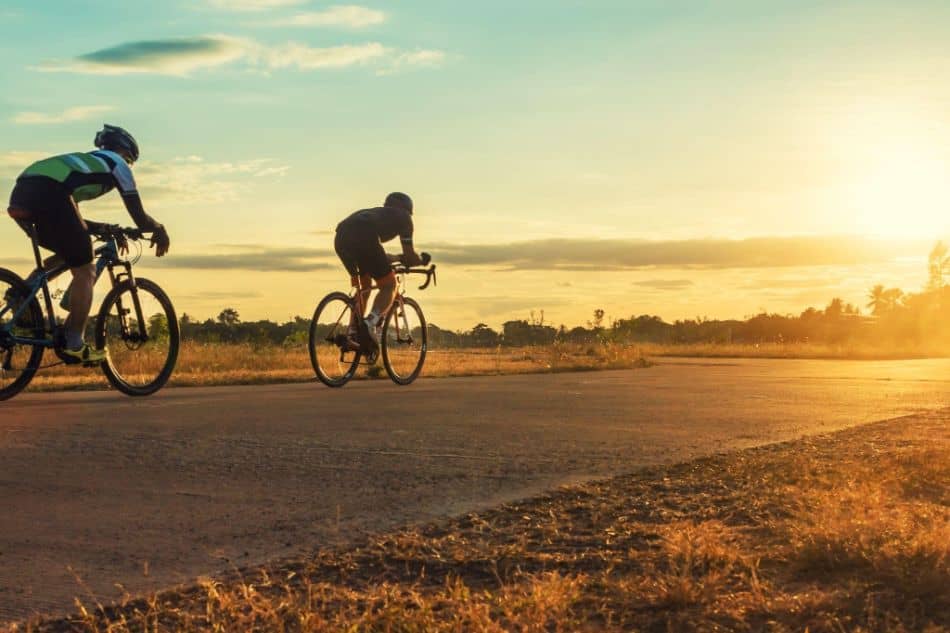
New Wheel Checklist!
So you have decided it’s time for a new set of wheels, but you want to ensure you’re getting the perfect wheelset. Here’s our new wheels checklist. We use this to ensure we’re ticking every box when it comes to ordering new wheels.
| Essential Wheel Attributes | Choose Selection | Answer Here |
| Braking System | Rim or Disc? | |
| Wheel Diameter | 700c, 650b. 29”, 27.5”, 26” or other? | |
| Tire Type | Tubular, Tubeless, Clincher or Hookless? | |
| Axle Type | Bolt through, Quick Release, Thru Axle? | |
| Rim Width | Small for skinny tires, larger for big tires? | |
| Wheel Width | Front and rear axle size? | |
| Hub Fitment | Shimano, SRAM, or Campagnolo? |
Bike Wheel Maintenance
A well-maintained wheel is a happy wheel. When it comes to keeping on top of the health of the wheels, it’s fairly easy. Here’s what you are going to want to check regularly.
Tires
Always keep an eye on your tires. Check them to ensure they have adequate pressure and are free of slits and excessive wear. If they are damaged, then get them replaced before your next ride.
Are They True
It’s always a good idea to every so often pick the bike up, stand above the wheel and spin it to check that it is still straight and true. If it’s not straight, then it will need to be taken to a bike shop, or you can true it yourself.
Bearings
The bears are vital to a wheel working correctly. If you pick your bike up and spin the wheel, it should be smooth and silent. If it sounds loud and has a grinding when the wheels are spinning, you need to get your bearings serviced or replaced.
Conclusion
Getting a new set of wheels can improve your riding, help you go faster and further, and have a lot more fun on the bike. We highly recommend taking your time to ensure you have the right wheels to work on your bike, and we highly recommend our checklist.
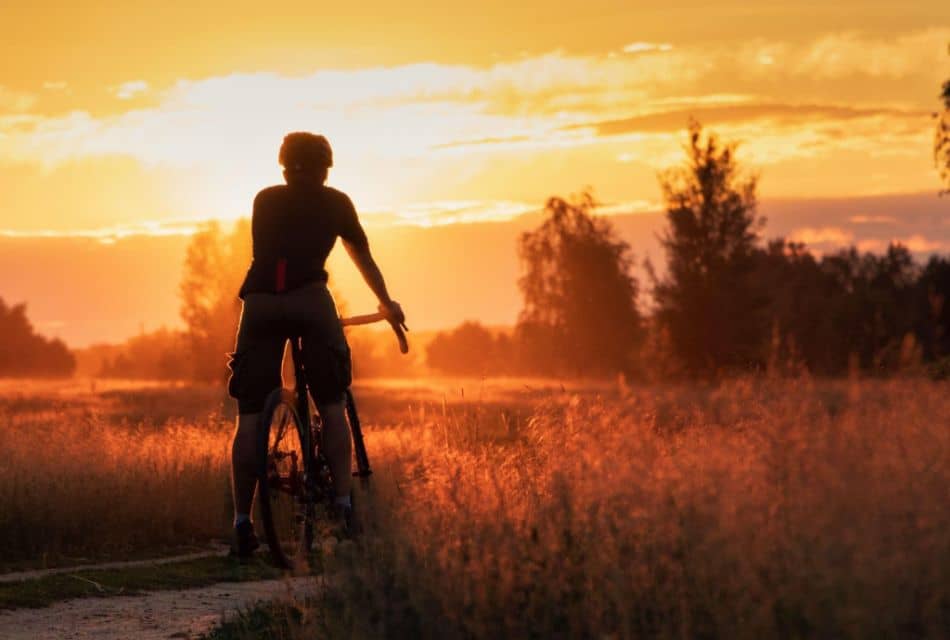
You May Also Like:
Frequently Asked Questions
If you’re looking for wheels to improve your performance, you will want to focus on carbon fiber wheels, which are very lightweight and strong.
If you want to improve handling on a bike where you can use different wheels, the smaller the wheels, the more agile the bike will become, and the lower down it will bring your center of gravity.
Going from aluminum wheels to carbon wheels or low profile wheels to deep profile wheels makes a huge difference to the performance of a bike and can sometimes improve the speed you ride by up to 10%
Providing they are serviced regularly. You can see a wheelset last 100,000 or more. Disc brake wheelsets will typically last longer than rim brake wheelsets because you’re not wearing the surface down.
Yes, rim width greatly matters. You want to ensure that the width of the rim matches the tire. If it doesn’t, it can negatively affect your handling and, in extreme cases cause the tire to roll off the rim.

I’m Robbie Ferri, a writer from Norfolk in the UK. I love cycling, the gym, and have a huge passion for sharing my stories and knowledge to anyone with the time to read them. My main passion is cycling. I started eight years ago. In that time I have broken world records, cycled all over the world in Ultra Bikepacking races, and am lucky enough to have enjoyed some incredible times on two wheels with some incredible people. I have also worked in a bike shop and with some of the industries leading brands, not just promoting products but designing them too.
Under it all I am just someone very passionate about exploration and living a healthy lifestyle. Everything I do I put 100% into it and feel that life is for living. Never should you have a dull day.

